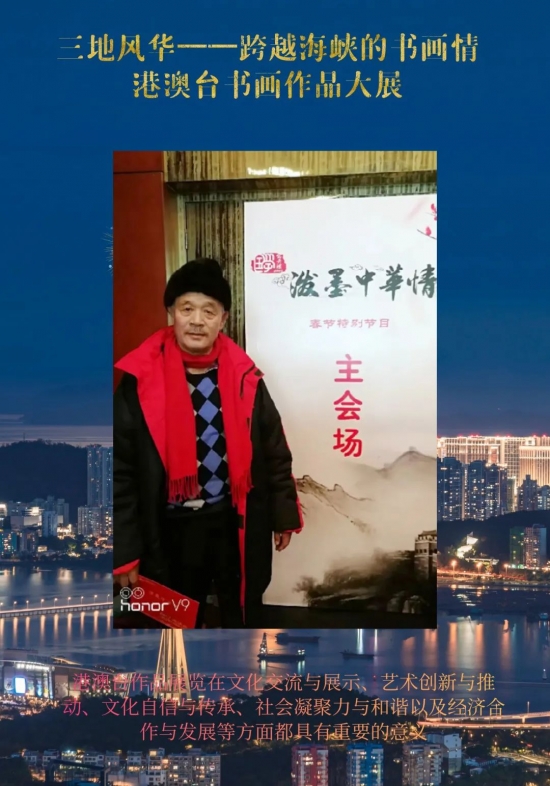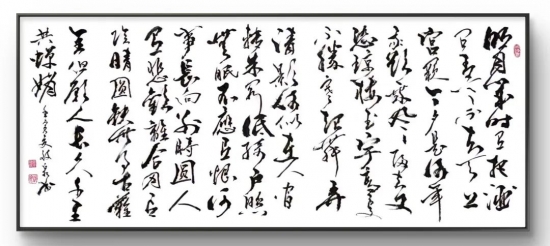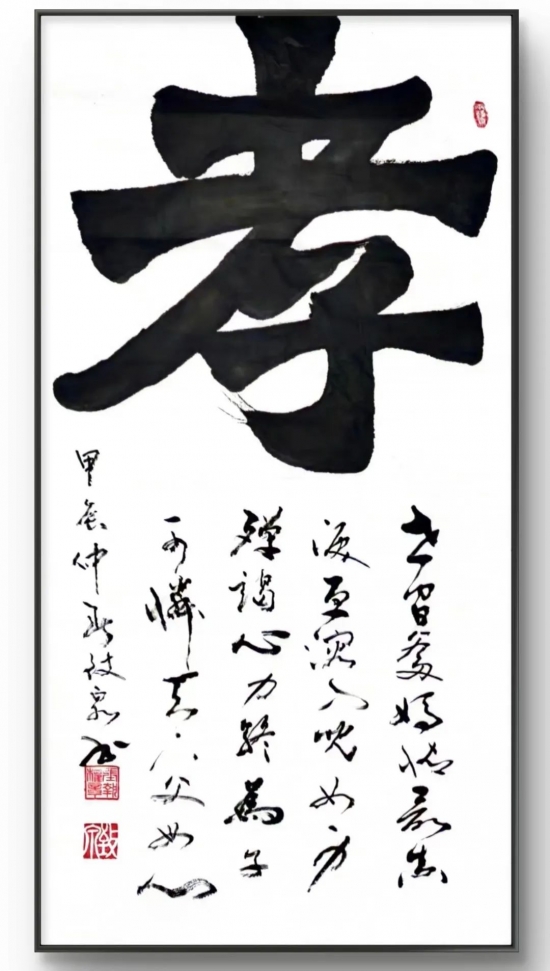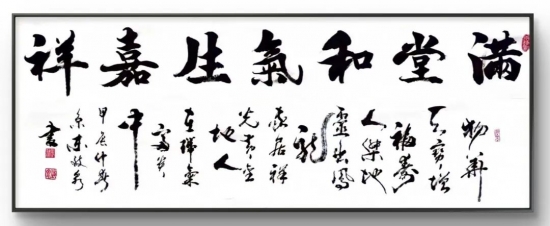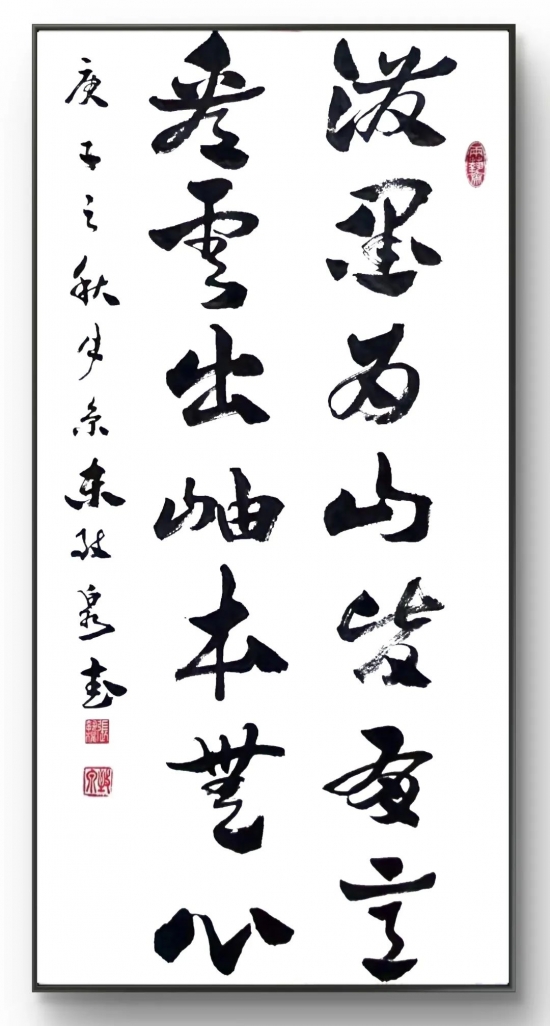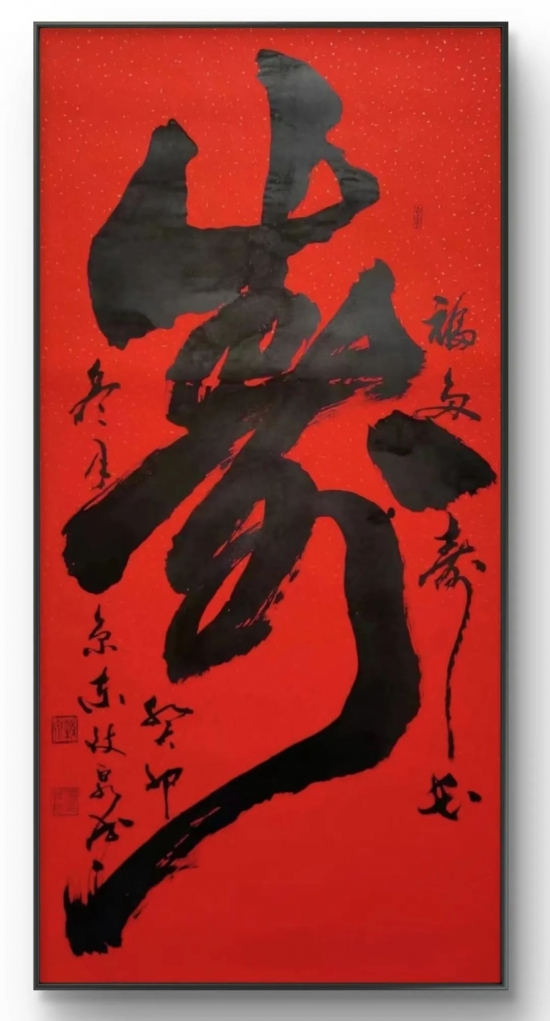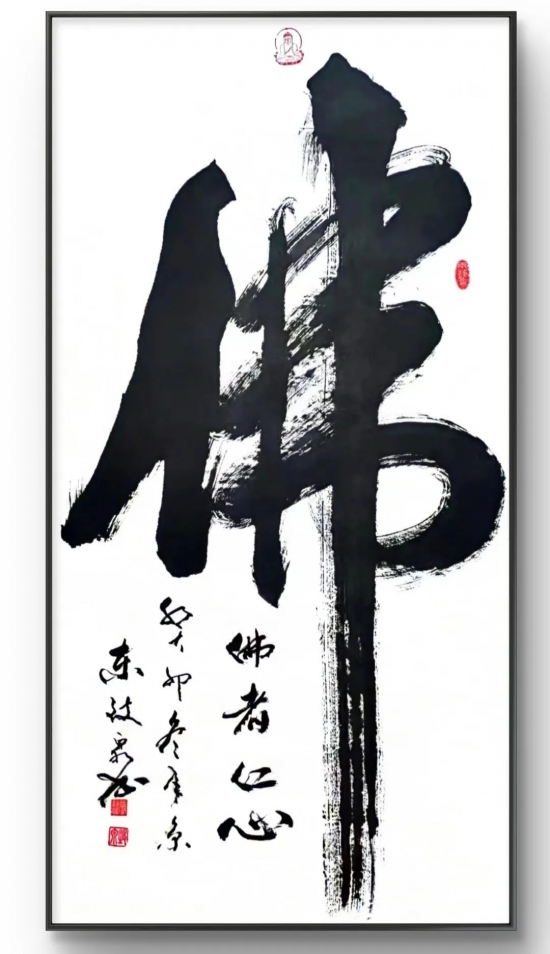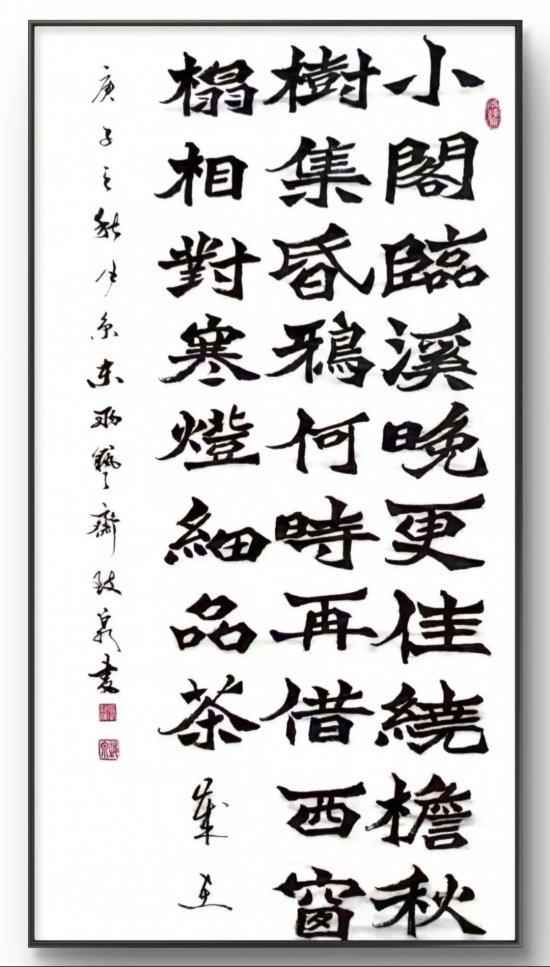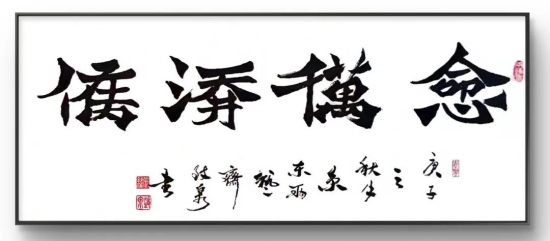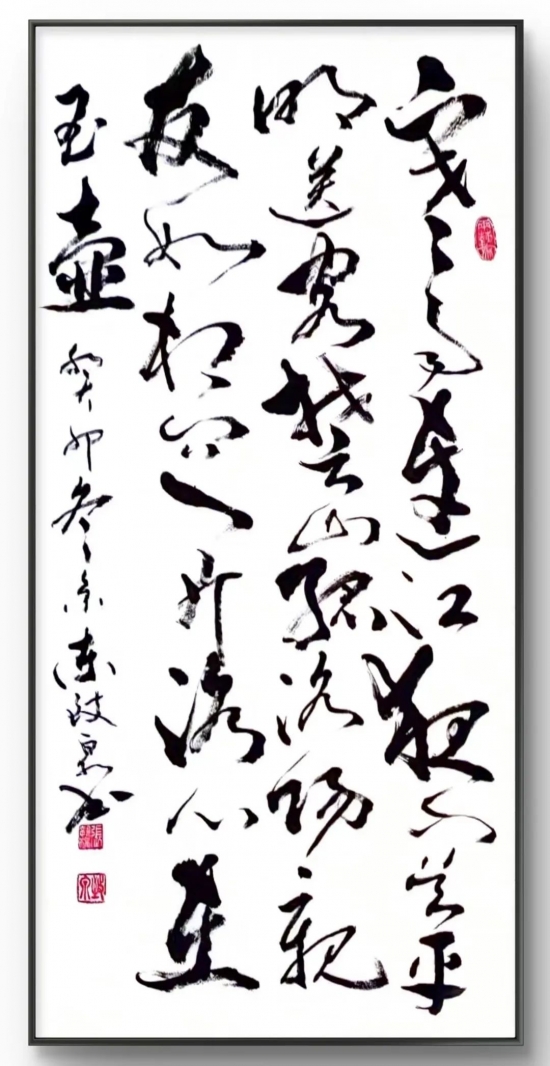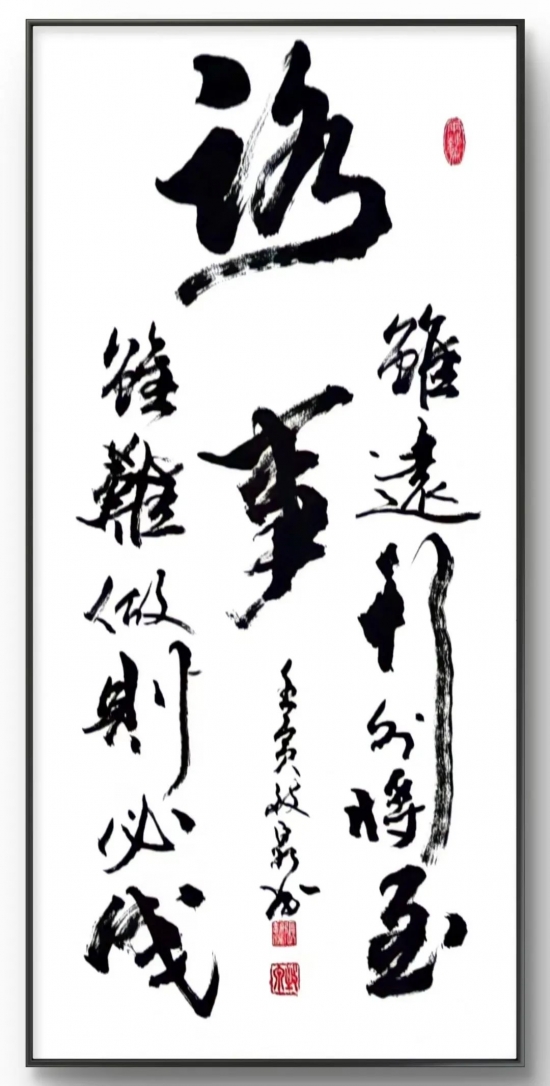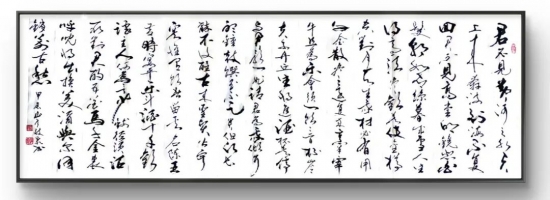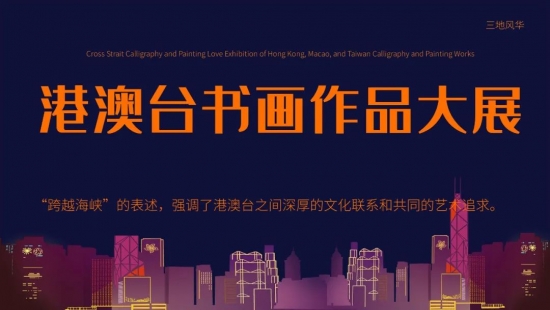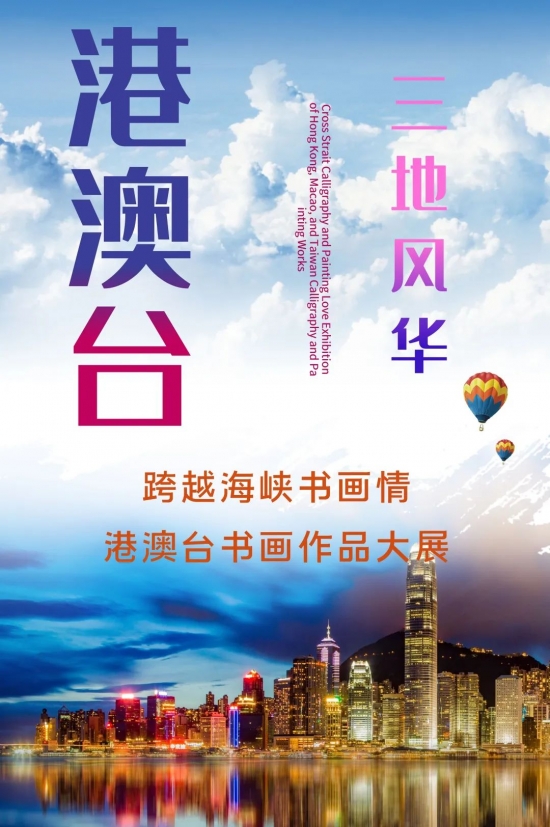
跨越海峡的书画情港澳台书画作品大展,对于推动港澳台地区书画艺术的发展具有重要意义。它不仅能够为书画家们提供一个展示和交流的平台,促进彼此之间的学习与借鉴,还能够增进三地之间的文化认同和友谊。同时,通过线上展览的举办,也能够让更多的人了解和欣赏到港澳台地区的书画艺术,推动中华文化的传承与发扬。 张执权,,笔名:致泉,号两艺斋,青少年时期练习武术,先后师从武术名家北京京东楼梓庄村四代八卦掌名家何广,字雨村老先生(程先师有龙弟子)和河北深州第三代八卦掌名家张子恒老先生(程殿华先师之关门弟子)二位先生习练程派八卦掌。数年后,学习书法,先后师从北工大教授吕云峰先生和文史馆馆员许林邨老先生学习行书、隶书、魏碑,尤以魏碑见长,深得师长偏爱。 现为: 水墨丹青书画院副院长 北京市朝阳区农民诗书画协会会员 中国国典书画院会员 中国华夏万里行书画家协会会员 曲阜鸿儒书画院特聘艺术家 中国书画院会员 北京市朝阳区书画协会理事 国家三部委考试考核书法家 中国教育电视台《水墨丹青》、《名家讲座》栏目签约艺术家 作品曾在瀚海四尺整纸(八平尺)以四万六千元拍卖成交。 在保利大厦三尺整纸(五平尺)作品以三万两千元拍卖成交。 在国家图书馆四尺整纸(八平尺)作品以十三万八千元拍卖成交。 以上均有记录及报端登载。 2019年参加CETV中国教育电视台“泼墨中华情”书画联欢晚会并获取改革开放40周年优秀作品奖。 中国教育电视台《泼墨中华情组委会》举办建国七十周年作品评选大赛中荣获二等奖。 建国六十周年全国书画大奖赛获书法金奖,被中华书画艺术家杂志聘为特邀顾问作品入编六十年甲子大典。 2021年6月参加泼墨中华情启航新征程活动,现场书法作品创作获奖。 作品在国内多省市参展,荣获各类奖项,常见报端,经常参加国家画院举办的全国优秀艺术名家作品展。如,国家图书馆、世纪坛等展出,也曾多次赠予老领导、老将军以及港澳台、韩国友人、德国友人、和俄罗斯皇家画院教授、被一些名流、企业家收藏。 本人愿为中国国粹-书法献出一份自己的微薄之力,愿结交所爱好同行而共勉之。 光明日报艺术组委会专家评审团点评: 中国当代艺术巨匠-张执权 古人修书法,秘籍是笔法,笔法奥妙所获,要么得遇名师,经过心诀手授的传承而得,要么天才禀赋,遍观碑帖,暗悟而自通。张执权书法用笔奇妙,变化万千,沉与逸对应,粗与细顾念,穿插欹正,疾涩相间,通过中锋与侧锋的完美调度,翻转加铰转,一气能呵成,亦可骤然蓄势,能疾则疾,需慢则慢,通过畅与涩的相互推转,让书法线条完具自然万象的丰富形态,导之如泉涌,顿之如山安,悬针垂露,惊雷奔石!书谱所言的书法物象之美,在他的笔法里全面呈现,与孙过庭可谓是隔世千年的笔墨知音。 这说明张执权先生的书法,是尽得笔法精髓的修为成就,笔法之得,得益于他对历代法帖的孜孜以求,楷书修颜柳筋骨,也意赵体的柔质风雅,再向前追,则是以二王书法侧入中行翻浆击水的笔法为基础,构建自己行笔运气寓写虚实的书法哲学体系,让书法在浑然苍劲的塑造中,融生儒雅扑面的书卷气息,既是我们平常随口可讲,却未必可得的“刚柔相济”。他的书法劲道十足,却不失质如帛缎的质感,正是因为映带丝连的细腻逸动与铁锥画沙的力透纸背同时得到了完美塑造,这就是笔法得真诀的极致表现! 张执权的魏碑书法,第一印象便是原碑原质,笔劲雄浑,笔画如削,所以如旧碑拓写的质感,这就是魏碑得其形的原因。再看,他的书法与原碑进一步对照,又有许多值得审美琢磨的新意象。碑字刻成,虽然雄劲,得是滞是难免。张执权写魏碑,大处着手谨尊其形,但是细处之法多生变化,笔法以方整为显像,再以圆润为潜意,所以魏碑的书写性得到非常好的提质强化,书法的笔墨意味更加鲜明,气韵生动,这便是书写而生的性灵,并不是照碑描碑的生硬。 他的书法诸书皆修,功显魏碑。魏碑是隶书楷化进程中的重要承启关接,在书法源变史上的地位相当重要,所以能成书法大功者,必然要对魏碑精琢深修。也正是基于这种认识,清代兴起了碑学之风,成为与帖学并立垢书法修养路径。只是当代书坛魏碑因其难以习成,笔法筋骨化无穷,很难有人能像张执权前辈这样,有才华并且有定力深师碑学,修得魏碑得筋立骨的正大气象。 Zhang
Zhiquan, pen name: Zhiquan, also known as Liangyi Zhai, practiced
martial arts during his teenage years. He studied under two famous
martial arts masters, He Guang, a fourth generation Bagua Zhang master
from Louzizhuang Village in Beijing, and Mr. Zhang Ziheng, a third
generation Bagua Zhang master from Shenzhou, Hebei (a closed door
disciple of Master Cheng Dianhua). A few years later, he studied
calligraphy under the guidance of Professor Lv Yunfeng from Beijing
Institute of Technology and Mr. Xu Lincun, a librarian at the Cultural
and Historical Museum, to learn running script, clerical script, and Wei
steles, with a particular emphasis on Wei steles Long, deeply favored by teachers. Vice President of Ink Painting Academy Member of the Farmers Poetry, Calligraphy and Painting Association in Chaoyang District, Beijing Member of China National Classic Painting and Calligraphy Academy Member of China Huaxia Wanli Calligraphy and Painting Association Specially hired artist from Qufu Hongru Calligraphy and Painting Academy Member of China Academy of Painting and Calligraphy Director of Chaoyang District Calligraphy and Painting Association in Beijing Examination and assessment of calligraphers in three national ministries and commissions The
signed artist works of the programs "Ink Painting" and "Famous
Lectures" on China Education Television were auctioned off for 46000
yuan on a four foot paper (eight square foot) in Hanhai. The three foot paper piece (five square foot) in Poly Building was auctioned off for 32000 yuan. The four foot paper (eight square foot) artwork was auctioned off for 138000 yuan at the National Library. All of the above are recorded and published in newspapers. In
2019, participated in the "Splashing Chinese Emotions" Calligraphy and
Painting Gala of CETV China Education Television and won the 40th
anniversary of reform and opening up Excellent
work award. China Education Television's "Ink Splashing China Sentiment
Organizing Committee" won the second prize in the 70th anniversary work
selection competition of the founding of the People's Republic of
China. The 60th Anniversary of the Founding of the People's Republic of
China National Calligraphy and Painting Grand Prix won the calligraphy
gold award, and was invited by the Chinese Calligraphy and Painting
Artists Magazine as a special consultant for the work to be included in
the 60th Anniversary Jiazi Ceremony. In
June 2021, participated in the Splash Ink Chinese Sentiment Sailing New
Journey Activity and won an award for on-site calligraphy creation. The
work has been exhibited in multiple provinces and cities in China,
winning various awards, frequently appearing in newspapers, and
frequently participating in national exhibitions of outstanding art
masters held by the National Academy of Painting. For example,
exhibitions such as the National Library and the Century Altar have also
been presented multiple times to senior leaders, generals, friends from
Hong Kong, Macao, Taiwan, South Korea, Germany, and professors from the
Royal Academy of Painting in Russia. They have been collected by some
celebrities and entrepreneurs. I am willing to contribute my humble
efforts to the Chinese national treasure of calligraphy, and I am
willing to make friends with all my hobbies and peers to encourage them
together. Comments from the Expert Jury of the Guangming Daily Art Organizing Committee: Zhang Zhiquan, a giant of contemporary Chinese art The
secret to ancient Chinese calligraphy was the technique of brushwork.
The intricacies of brushwork were either obtained by encountering famous
masters and passing on the teachings of the Heart Technique, or by
being gifted with the ability to read inscriptions and understand them
in secret. Zhang Zhiquan's calligraphy strokes are wonderful, with
countless changes, corresponding to heaviness and ease, with coarse and
fine attention, interweaving and blending, with a mix of illness and
astringency. Through the perfect coordination of the center and side
forwards, flipping and hinge rotation, one can complete the stroke with
one breath, and can also suddenly accumulate momentum. If one is sick,
they will be sick, and if needed, they will be slow. Through the mutual
promotion and rotation of smoothness and astringency, the calligraphy
lines are fully formed in a natural and diverse form, guiding them like a
spring, stopping them like a mountain, hanging needles hanging in the
air, and thunder rushing towards the stone! The beauty of calligraphy
objects described in the book manual is fully presented in his
brushwork, and he can be said to be a close friend of Sun Guoting's
brush and ink for thousands of years.This indicates that Mr. Zhang
Zhiquan's calligraphy is a cultivation achievement that fully embodies
the essence of his brushwork. The success of his brushwork is due to his
diligent pursuit of ancient calligraphy. Regular script, with its
beautiful appearance, willow tendons and bones, also embodies the soft
and elegant style of Zhao's body. Moving forward, he builds his own
calligraphy philosophy system that combines luck and virtuality in his
strokes, based on the stroke technique of the two kings' calligraphy,
which involves turning the oar and hitting the water in the middle row.
This allows calligraphy to be shaped in a vigorous and vigorous manner,
The blending of elegance and elegance in books is not only something we
can talk about casually, but also a balance of strength and softness
that we may not necessarily achieve. His calligraphy is full of
strength, but it does not lose the texture of silk. It is precisely
because of the delicate and flowing reflection of the ribbon and the
penetrating power of the iron cone drawing sand on the back of the paper
that it is perfectly shaped. This is the ultimate expression of the
true essence of brushwork! The
first impression of Zhang Zhiquan's calligraphy on the Wei stele is the
original quality of the stele, with powerful and sharp strokes,
resulting in a texture similar to that of an old stele. This is why the
Wei stele takes its shape. Looking again, his calligraphy further
contrasts with the original monument, and there are many new images
worth aesthetic contemplation. The inscription on the monument, although
majestic, is inevitably stagnant. Zhang Zhiquan wrote the Wei stele and
respectfully honored its shape, butThe method of meticulousness often
undergoes changes, and the brushwork is based on square and rounded
strokes, with rounded strokes as the underlying meaning. Therefore, the
writing quality of Wei steles has been greatly enhanced, and the
brushwork meaning of calligraphy is more distinct and vivid. This is the
spirit born from writing, rather than the hardness of depicting steles
based on them. His
calligraphy has been extensively studied, and his achievements are
outstanding on the Wei stele. The Wei stele is an important link in the
process of the transformation of clerical script into regular script,
and its position in the history of calligraphy is quite important.
Therefore, those who can achieve great success in calligraphy must
carefully polish and deeply cultivate the Wei stele. It is precisely
based on this understanding that the trend of stele study emerged in the
Qing Dynasty as a path for cultivating calligraphy alongside
calligraphy calligraphy. However, in the contemporary literary world,
Wei steles are difficult to cultivate due to their intricate brushwork.
It is difficult for anyone to have the talent and determination of Zhang
Zhiquan's senior to deeply study and cultivate Wei steles with a strong
and upright atmosphere.